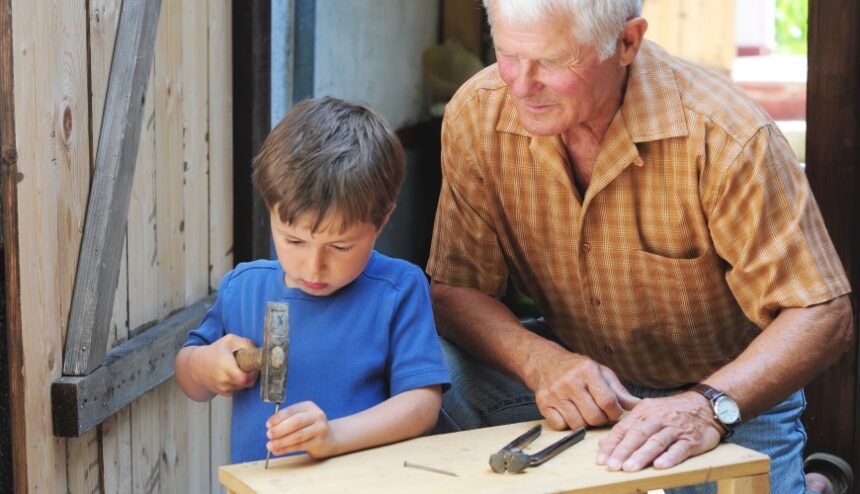 By Shauney Moen, PT, DPT, TPS; Physical Therapy, Therapeutic Pain Specialist
By Shauney Moen, PT, DPT, TPS; Physical Therapy, Therapeutic Pain Specialist
Did you know that 25.3 million adults in the United States (US) suffer daily chronic pain? That means you or someone you know is likely experiencing pain right now. Here are some at-home remedies that could help you with that nagging pain you are experiencing.
Drug-Free Pain Management
Today’s healthcare community continually works to combat opioid addiction for new or chronic pain. However, people are often left with the question: How can I get rid of my pain? We often think of pain management as medication, icing, heating, therapy, TENS units, surgeries, etc. The nice thing? We now know even more information on how to help yourself with different pain management strategies thanks to continued research on pain.
Addressing Your Nervous System, Muscles, And Joints
Did you know that pain is 100% produced by the brain? Your body contains 45 miles of nerves, and one of their jobs is to detect things in your body, like an alarm system. After an injury or with chronic pain, your nerves can remain sensitive, and your brain will produce and send more pain signals. This can cause you to feel like you can do less and less because of your persistent or worsening pain. Your muscles and joints can also contribute to your pain. How often have you heard a friend or family member complain about their arthritis? We hear it all the time! Those injured or aggravated tissues trigger your nervous system and can cause pain.
To help decrease pain, try some of these other drug-free pain management strategies:
Exercise
Research shows that aerobic exercise helps reduce pain by pumping blood and oxygen throughout your body. It also releases “feel good” chemicals in your body, which reduce pain. Did you know that raising your heart rate by 20 beats per minute for 10-20 minutes helps many areas of your body? It can reduce muscle soreness and fatigue, improve sleep, improve appetite, assist with weight loss, decrease stress, and improve mood. Exercise such as walking at a quicker than normal pace, swimming, aerobics classes including water aerobics or Silver Sneakers, bicycling, hiking, playing pickleball, or other sporting activities positively impact your health. Pick an activity that you enjoy and feel relatively good doing it. A little pain is okay! Don’t be afraid to adapt your activities to make them more comfortable or enjoyable. Even a little bit is better than nothing!
Change your environment.
Pain can be influenced by many factors in our environment. A little self-reflection is key here. Consider how you are doing in the categories of sleep, hydration, nutrition, stress, relationships, work, getting tasks done, and self-care. If you can improve these areas of your life, you can positively change your pain. For example, getting more or better quality sleep gives your body the rest it needs to help recuperate at night. Eating foods with anti-inflammatory properties and getting enough water will make your muscles, joints, and nervous system feel better. If you are overwhelmed by any of life’s stressors, professional help and stress relief techniques are also very beneficial in promoting overall well-being and pain relief. The more “well” you feel, the less pain you should experience.
Tap into your body’s own drug cabinet.
Remember those “feel good” chemicals we mentioned earlier? You can tap into these to help with pain reduction, and we call it your body’s drug cabinet. What are ways to get a dose of your own medicine?
- Physical activity that you enjoy
- Your favorite activities or hobbies
- Receiving or giving love and affection from your loved ones
- Laughing
- Doing feel-good activities
On the other side of the spectrum, your body can tap into non-helpful chemicals that can create more pain. Most commonly, your body can release cortisol (the stress chemical), which can ramp up your nervous system and increase pain. If we can reduce stress, we can reduce the amount of stress chemicals your body releases. What is the moral of the story? Increase joy, decrease stress. An excellent place to start is by creating a list of things you enjoy or make you feel good and a list of stressors. Can you find ways to increase joy in your day-to-day routine? Can you remove or reduce any of the stressors on your list? Don’t be afraid to ask for professional help if you feel you need it!
Do it for yourself today.
Whether you have chronic pain or new pain, you don’t need to suffer. Try some of the strategies above to help you on the path to reducing your pain. If you need assistance in pain reduction or have questions, please visit your doctor, mental health provider, or physical/occupational therapist.


